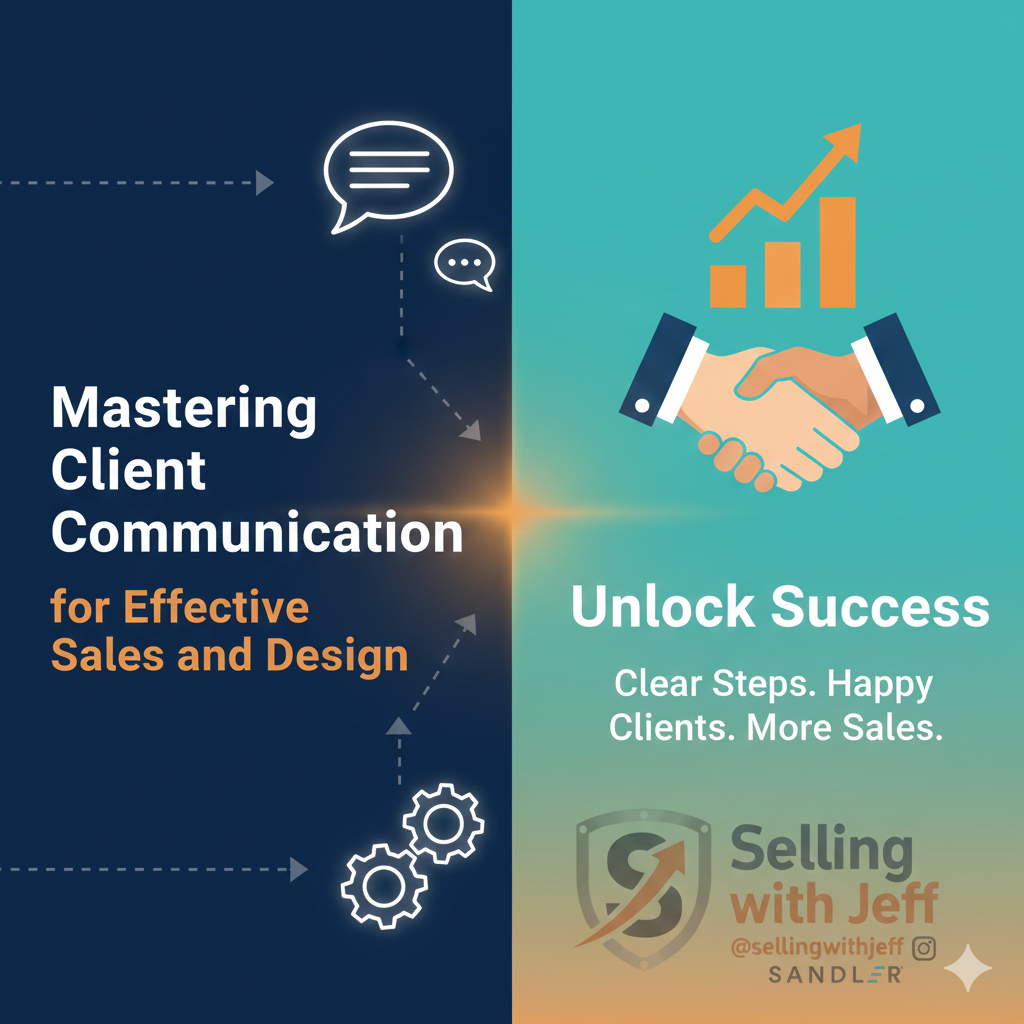Mastering Client Communication for Effective Sales and Design

Unlock the secrets to successful client interactions in sales and design, enhancing productivity and client satisfaction.
The Power of Clear, Defined Future Steps
In the fast-paced world of sales and design, the importance of having clear, defined future steps cannot be overstated. By establishing explicit next steps at the end of every client interaction, you ensure that both parties are on the same page, reducing the likelihood of misunderstandings and unnecessary follow-ups. This practice not only streamlines the communication process but also helps in setting realistic expectations for project timelines and deliverables.
A well-defined future step includes specifics such as the purpose of the next meeting, the agenda, the expected outcomes, and the logistics like date, time, and platform for the interaction. This clarity allows clients to feel more secure and informed, which in turn fosters trust and confidence in your services.
Understanding and Prioritizing Client Needs, Wants, and Wishes
One of the cornerstones of effective client communication is understanding the distinction between their needs, wants, and wishes. Needs are the non-negotiable elements that are critical to the project’s success, wants are the elements that clients desire but are willing to compromise on, and wishes are the nice-to-have features that may not be essential but can enhance the overall experience.
To prioritize these elements effectively, it is crucial to engage in active listening and ask probing questions that reveal the underlying motivations behind each request. By doing so, you can tailor your approach to meet the most critical needs while managing client expectations regarding wants and wishes. This nuanced understanding helps in delivering a final product that aligns closely with client expectations, thereby enhancing satisfaction.
Strategies for Managing Client Expectations
Managing client expectations is a delicate balancing act that requires transparency, honesty, and proactive communication. One effective strategy is to set clear boundaries and guidelines from the outset, explaining what is feasible within the given budget and timeline. This helps in preventing scope creep and ensures that clients have a realistic understanding of what can be achieved.
Another key aspect is regular updates and check-ins. Keeping clients informed about the progress of their project and any potential roadblocks can prevent surprises and build trust. When changes in scope or unexpected challenges arise, addressing them promptly with a clear explanation and potential solutions can help maintain client confidence and satisfaction.
Practical Tips for Setting Agendas and Confirming Decisions
Setting clear agendas and confirming decisions are vital practices for maintaining productive client relationships. An agenda serves as a roadmap for meetings, ensuring that all essential topics are covered and time is used efficiently. Sharing the agenda with clients beforehand allows them to prepare and ensures that they feel involved in the process.
At the end of each meeting, summarizing the key decisions made and the next steps is crucial. This not only reinforces what was discussed but also provides an opportunity to clarify any misunderstandings. Sending a follow-up email that recaps the meeting and outlines the agreed-upon actions can serve as a reference point for both parties, further solidifying the communication.
By implementing these strategies, sales and design teams can enhance their productivity, reduce unnecessary follow-ups, and improve client satisfaction. Mastering client communication is not just a skill but an ongoing process that, when done effectively, can lead to more successful project outcomes and stronger client relationships.


